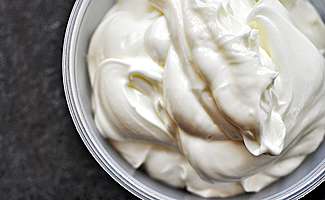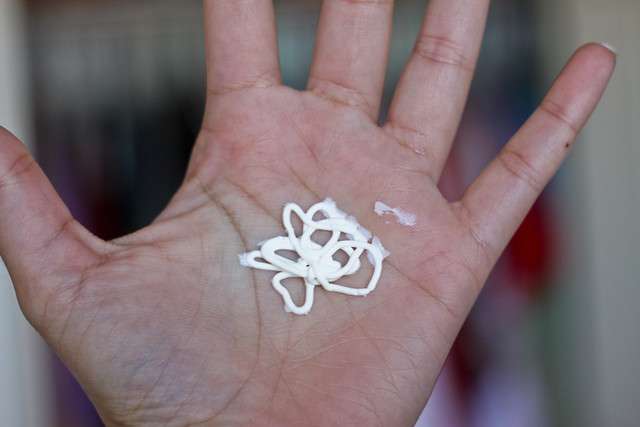
As the weather turns warmer and more time is spent outside, the need to protect your skin from the sun increases. Sunscreen sales skyrocket in the summer, as consumers look for effective products. Image Source: Flickr user Boudewijn Berends
Summer is just around the corner, and the longer days and warmer weather are drawing people outside for some much-anticipated sunshine. Evidence of sunny weather is popping up at local drug stores and supermarkets, where sunscreen has once again permeated the shelves, reminding people of the importance of skin protection.
Sunscreen undergoes various stages of processing before it reaches the consumer. The most important feature is the sun protection factor (SPF) measurement, which depends on chemical analysis for its determination. The SPF number you find on that bottle of lotion indicates the level of protection the product offers from harmful UV rays. However, accurately measuring the level of protection for a given product is a highly technical process. UV spectrophotometry offers an effective method of chemical analysis that can help to determine SPF. This data can be obtained quickly and accurately, giving a quantifiable number to show the exact level of protection provided.



